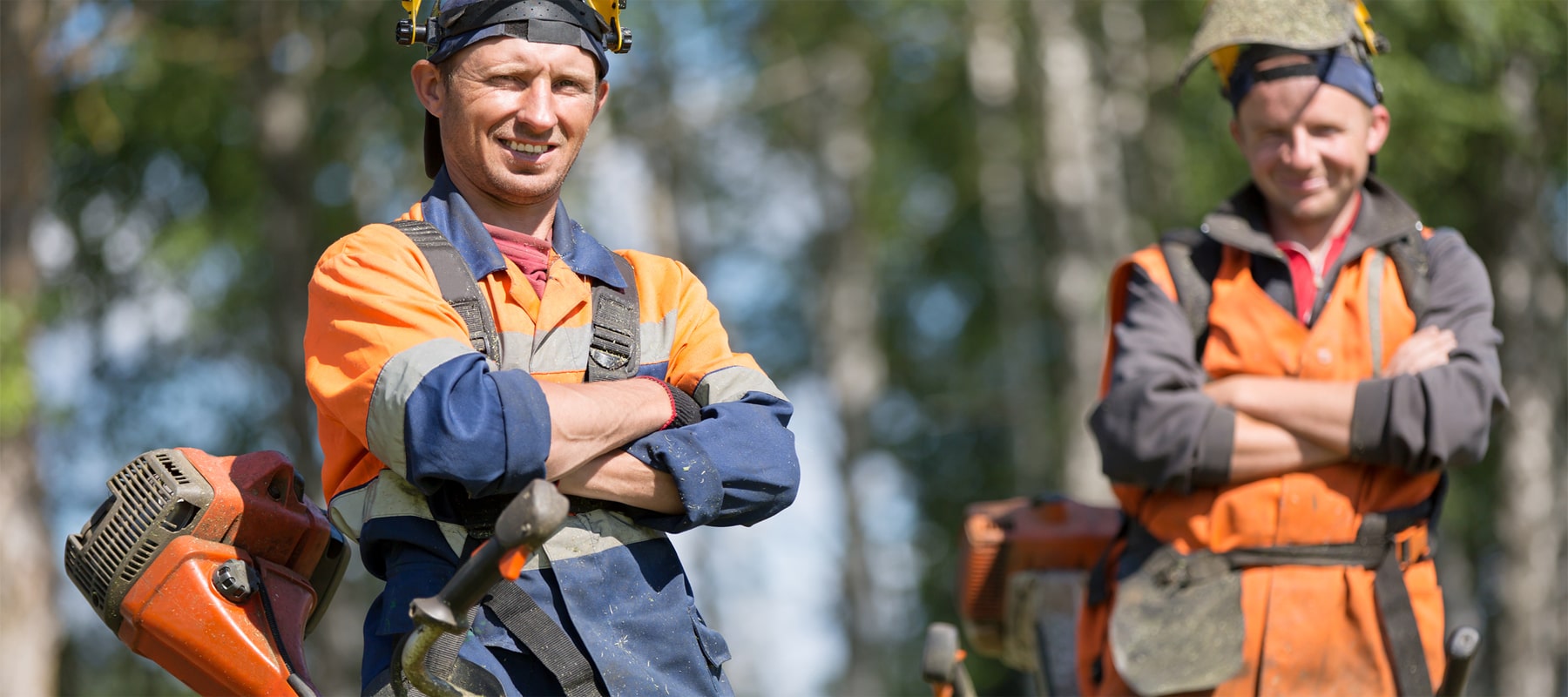How Long Does Mudjacking Last?
Last Updated: January 19, 2022
On This Page
Sunken or uneven concrete is more than just an eyesore; it's a safety hazard and should be taken seriously. Whether it's caused by plant roots, water erosion, or unstable soil, uneven or sunken concrete should be repaired as soon as possible. Luckily, mudjacking offers a quick, easy way to raise the concrete on your deck, driveway, garage, or any other concrete surface.
What Is Mudjacking? #
Mudjacking lifts and moves heavy concrete slabs with a complex hydraulic system. First, small holes are drilled into the slab's surface. A slurry (usually containing Bentonite and similar materials that swell when wet) is pumped through the holes and into the area below. This slurry fills any voids that develop under the concrete and prevent proper settling. This lifts any sagging sections of concrete, returning them to their original level or position. Once the slab returns to its correct position, use concrete to patch the holes you drilled.
How Long Does Mudjacking Last? #
Even though it does not offer the permanence of other concrete repair methods, mudjacking lasts for 8 to 10 years on average, but can last longer. A surefire way to lengthen the durability of mudjacking is to let it settle for longer. The surrounding soil also plays an important role in the longevity of your mudjacked concrete. The following helps prolong the life of your mudjacking:
- Backfilling around the perimeter of your slab prevents pest and water from entering underneath and causing more damage.
- When mudjacking a driveway, caulk the joint between the garage floor slab and the driveway slab. This helps preserve the rebar connecting the two.
- Make sure your guttering is clean and a large enough size to handle heavy rainfall.
- Hire a professional contractor with mudjacking experience.
With this type of preparation, mudjacking can last for decades. However, if your concrete slab has advanced deterioration or heavy sloping, it's time for a replacement, not a fill.
What Is the Difference Between Mudjacking and Using Concrete in Concrete Raising? #
There are two main differences between mudjacking and concrete raising: the material used and the longevity of the solution.
The slurry used in mudjacking is most commonly an admixture, such as topsoil and water. Though mudjacking is a quick and easy fix, the slurry is still made using several of the components that already exist under the slab. That makes mudjacking more prone to erosion over time. If you are looking for a long-term solution, mudjacking is probably not the route to take.
Concrete raising employs a nearly identical process to mudjacking. However, it uses a cementitious slurry to raise and fill the voids beneath slabs. The result is a repair that is not as prone to erosion and is nearly impervious to water. If you're looking for a permanent solution, concrete raising is the better option.
Benefits of Mudjacking vs. Replacing Concrete #
While not as permanent as concrete replacement, mudjacking offers several benefits. Faster, easier, and cheaper are obvious benefits. Others include:
- You can lift your slab in any kind of weather. Replacing it completely, on the other hand, requires dry weather before, during, and after the project or the concrete won't cure correctly.
- Mudjacking is much faster than the rip-and-replace approach. Smaller jobs can be completed in only a few hours, but even larger mudjacking projects only take a day to complete. Replacing the concrete, though, includes not only the time needed to perform the job but also to tear out and dispose of the original slab.
- The curing time with mudjacking is only 24 to 48 hours. That means your slab can support any load within a couple of days. The minimum time needed to cure a concrete slab, though, is 28 days.
- Mudjacking protects your home's curb appeal, especially when there are multiple slabs but only one or two need to be repaired. Replacing only the damaged slabs leaves you with different colors of concrete. Also, mudjacking doesn't damage the surrounding surface the way ripping out concrete can.
How Much Does Mudjacking Cost? #
The price of mudjacking varies according to job complexity, location, and equipment.
- The average residential mudjacking job has costs between $600 and $900
- Smaller residential jobs have an average cost between $5 and $8 per square foot
- Larger, commercial jobs for spaces with a size of 20,000 square feet or more have an average cost between $3 and $4 per square foot
Remember that, while mudjacking typically costs less than concrete raising, it is not always the best solution.
